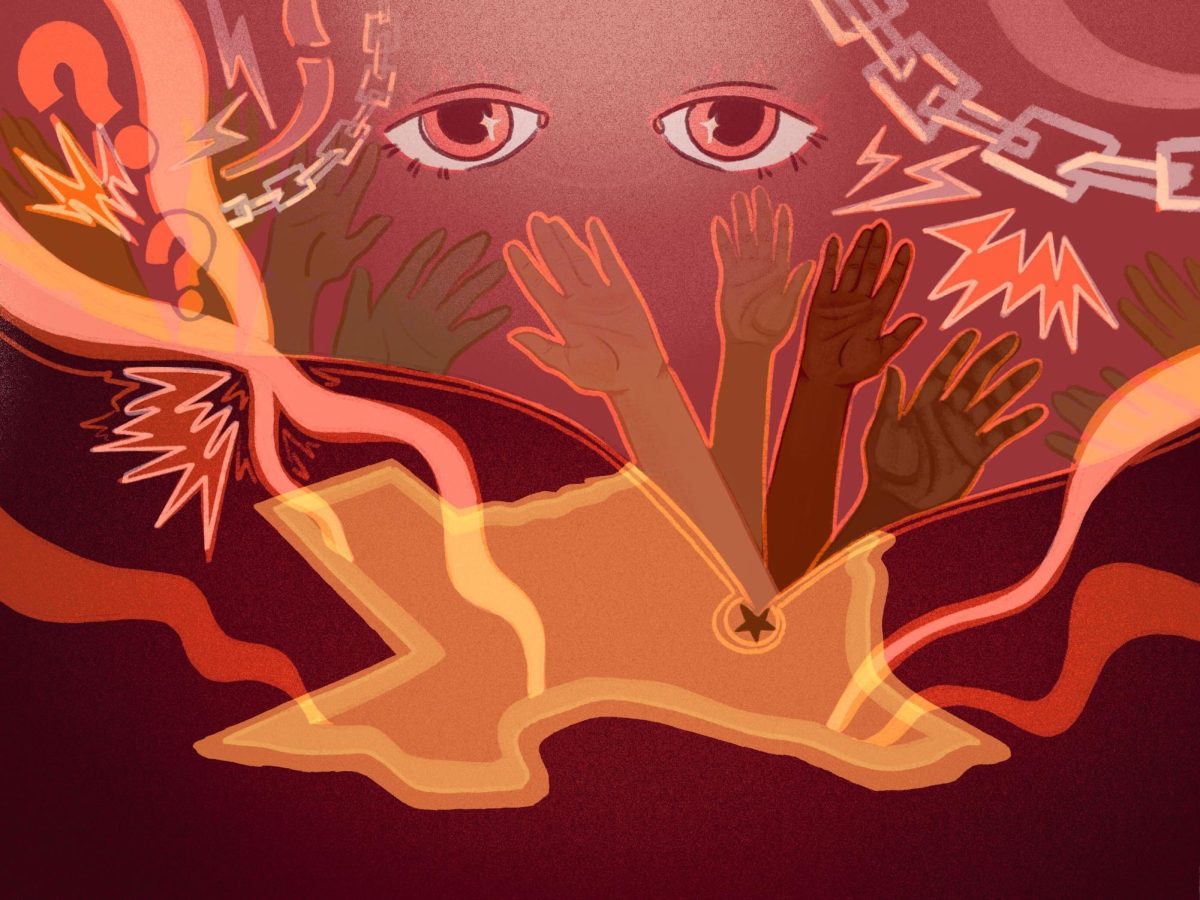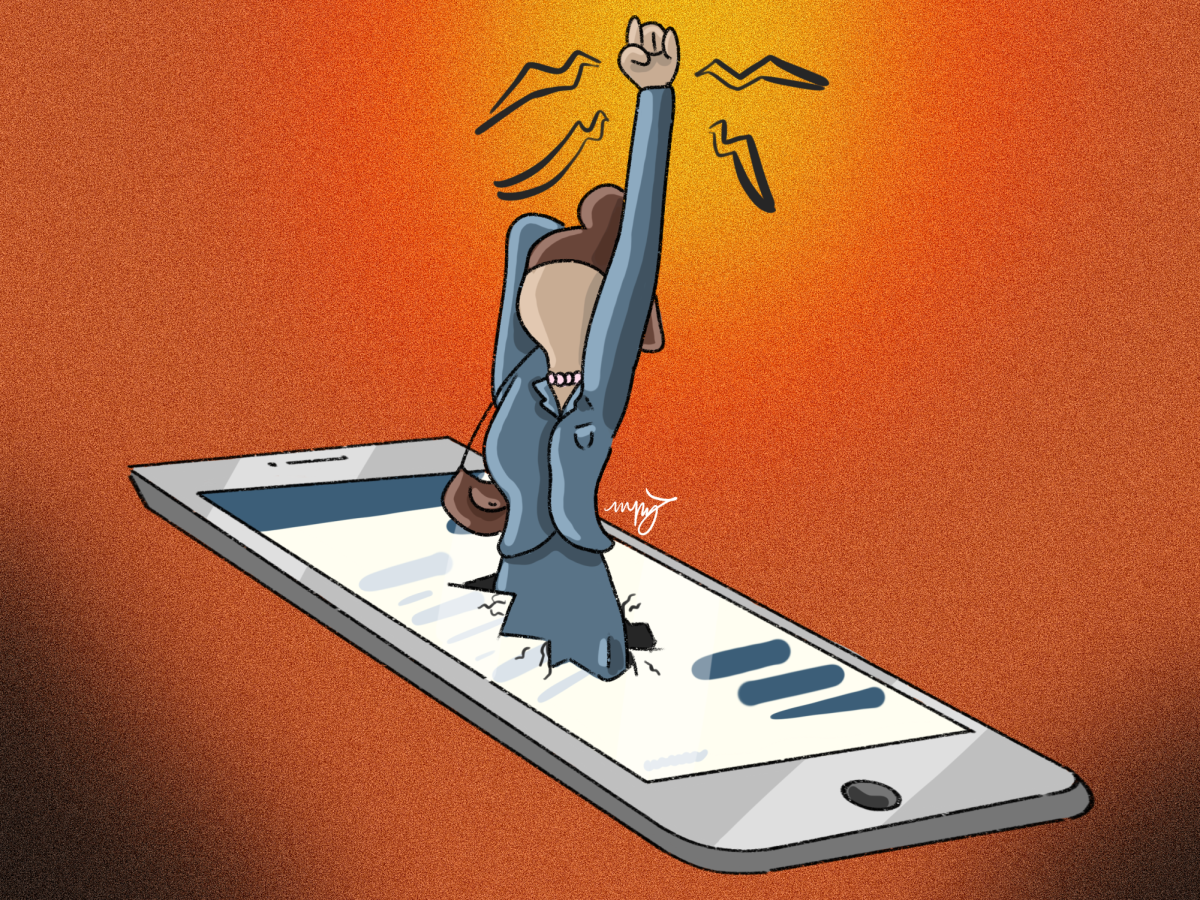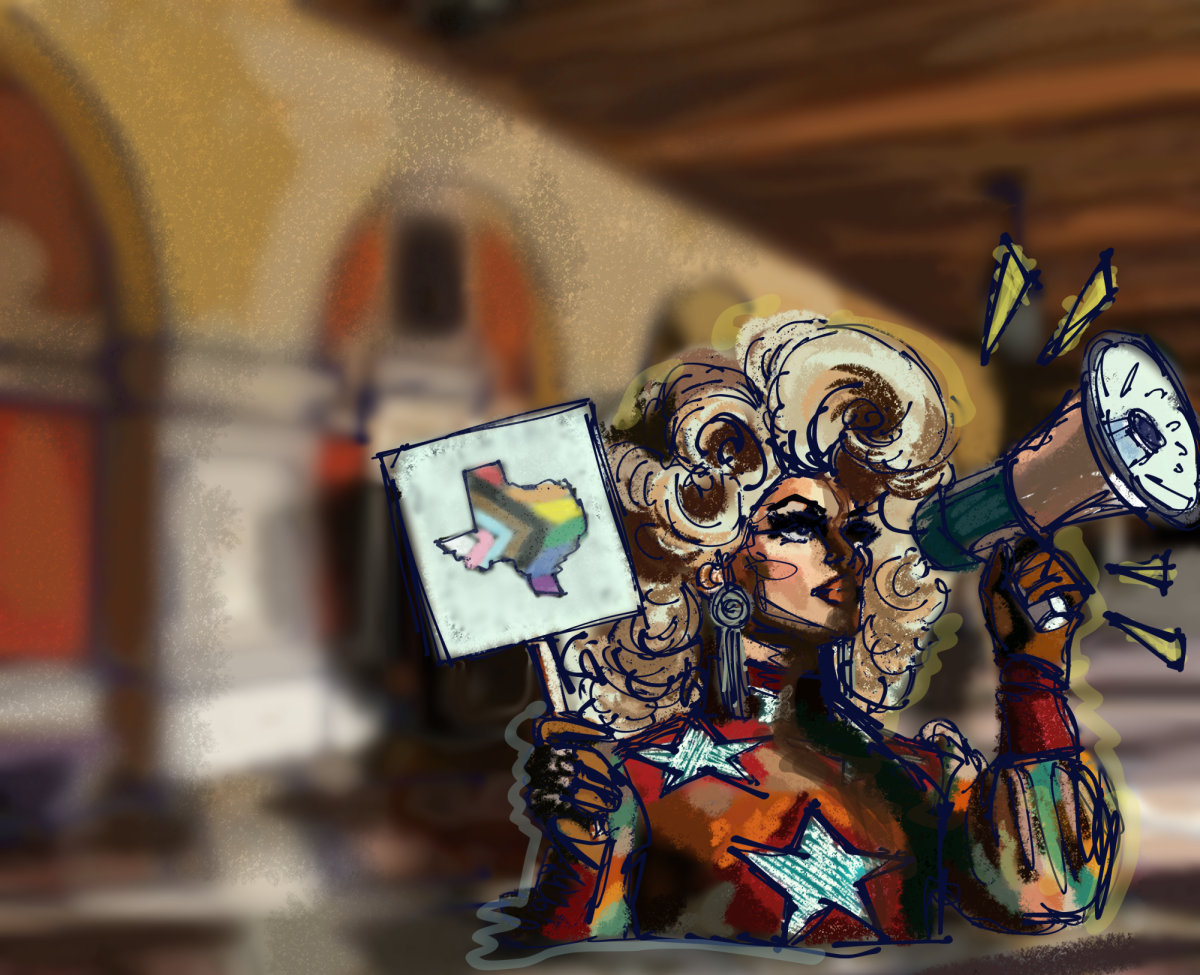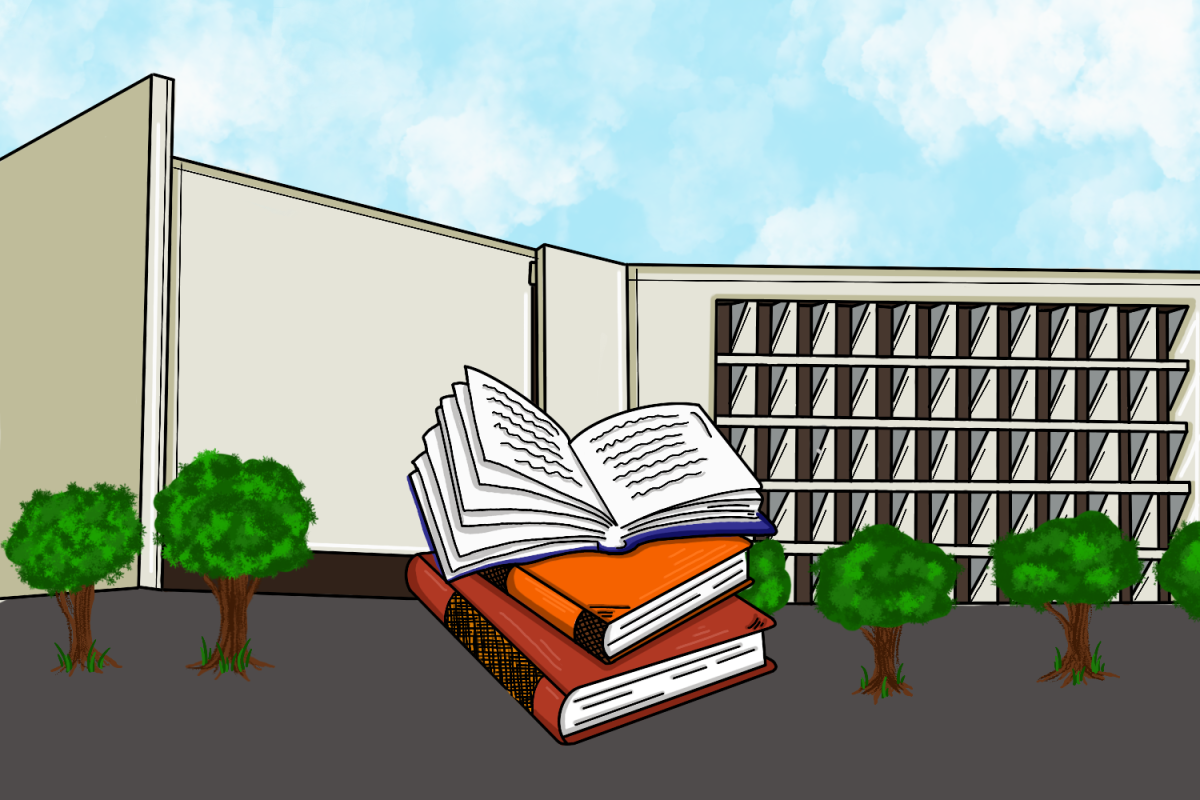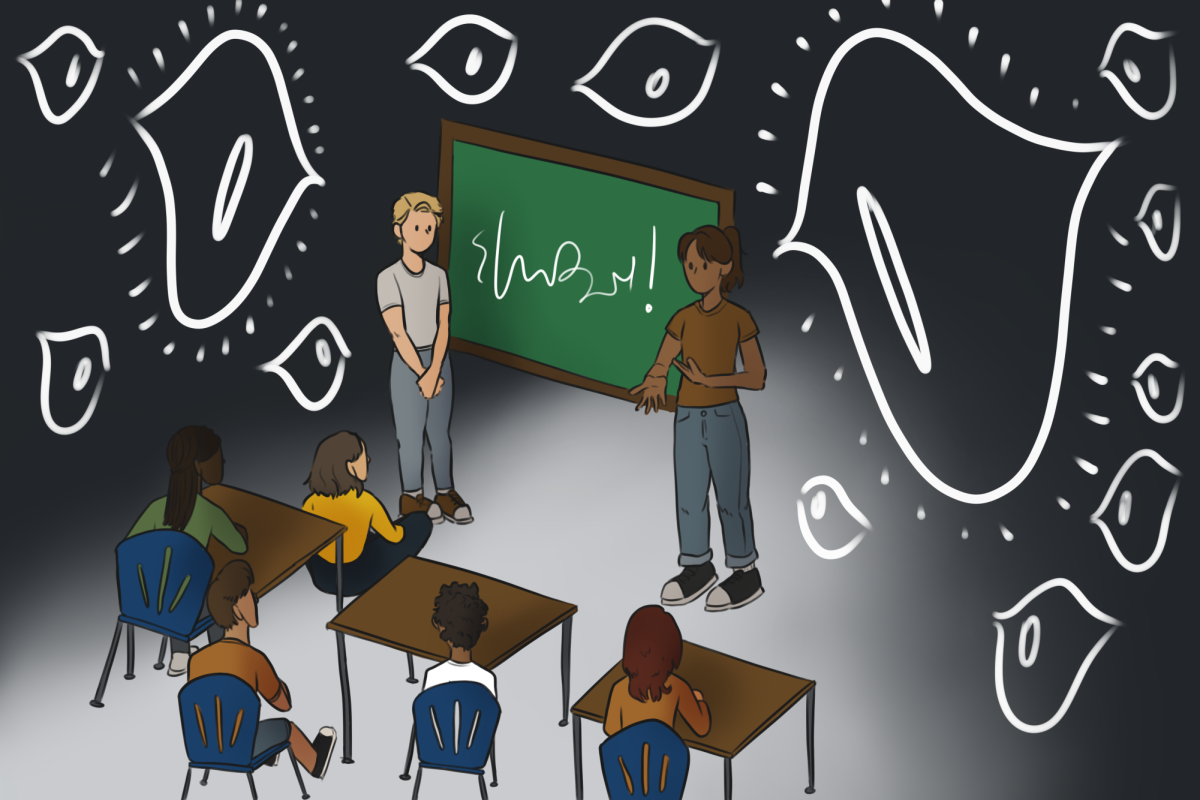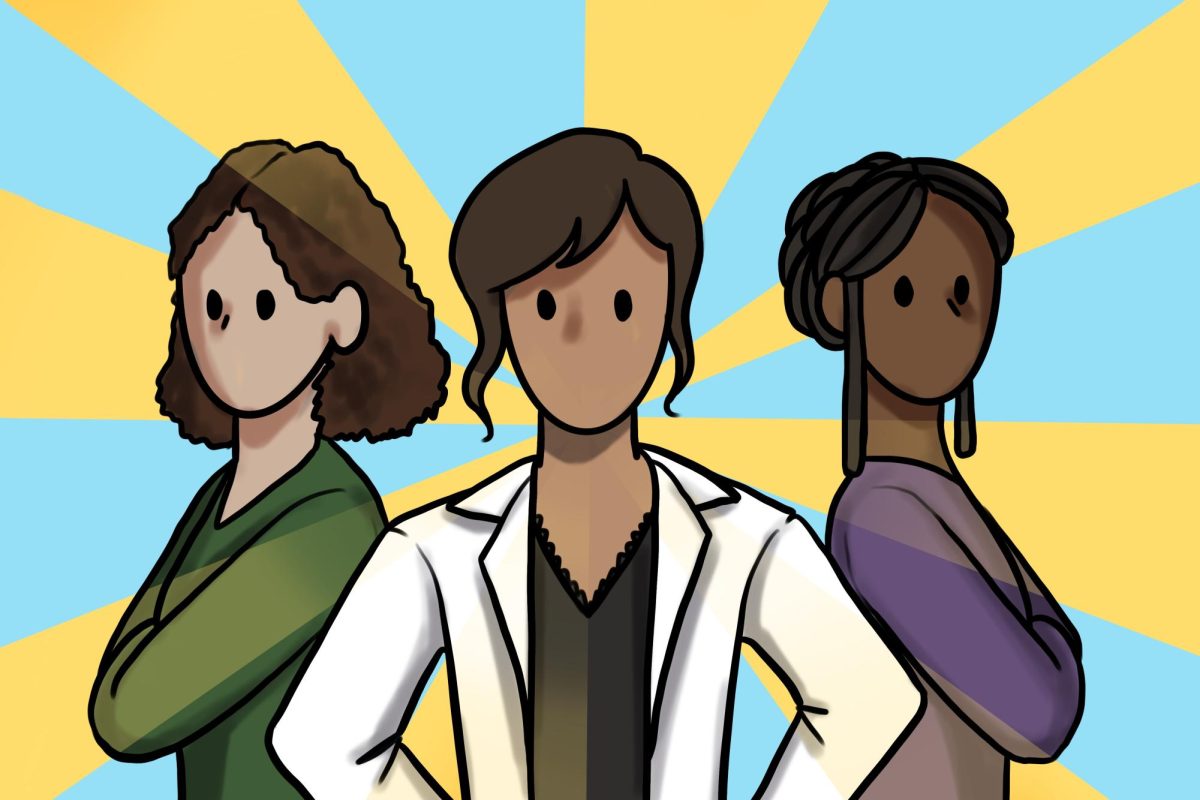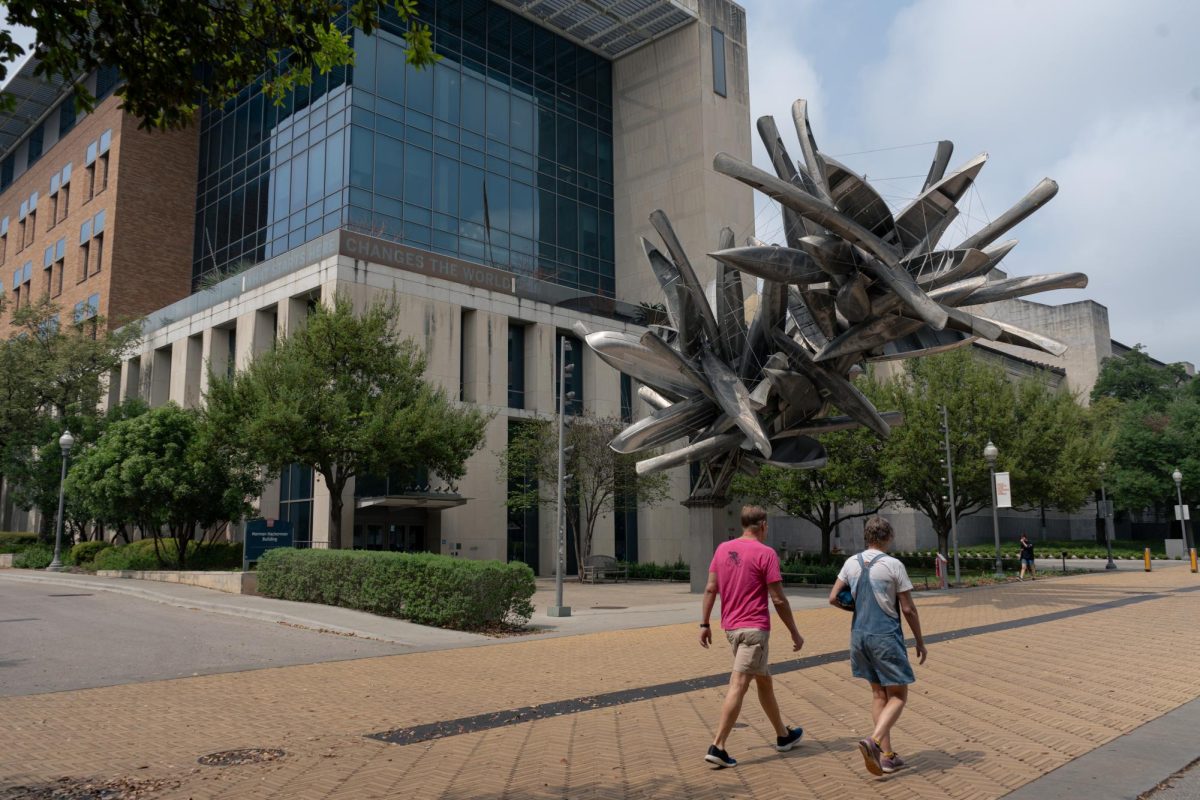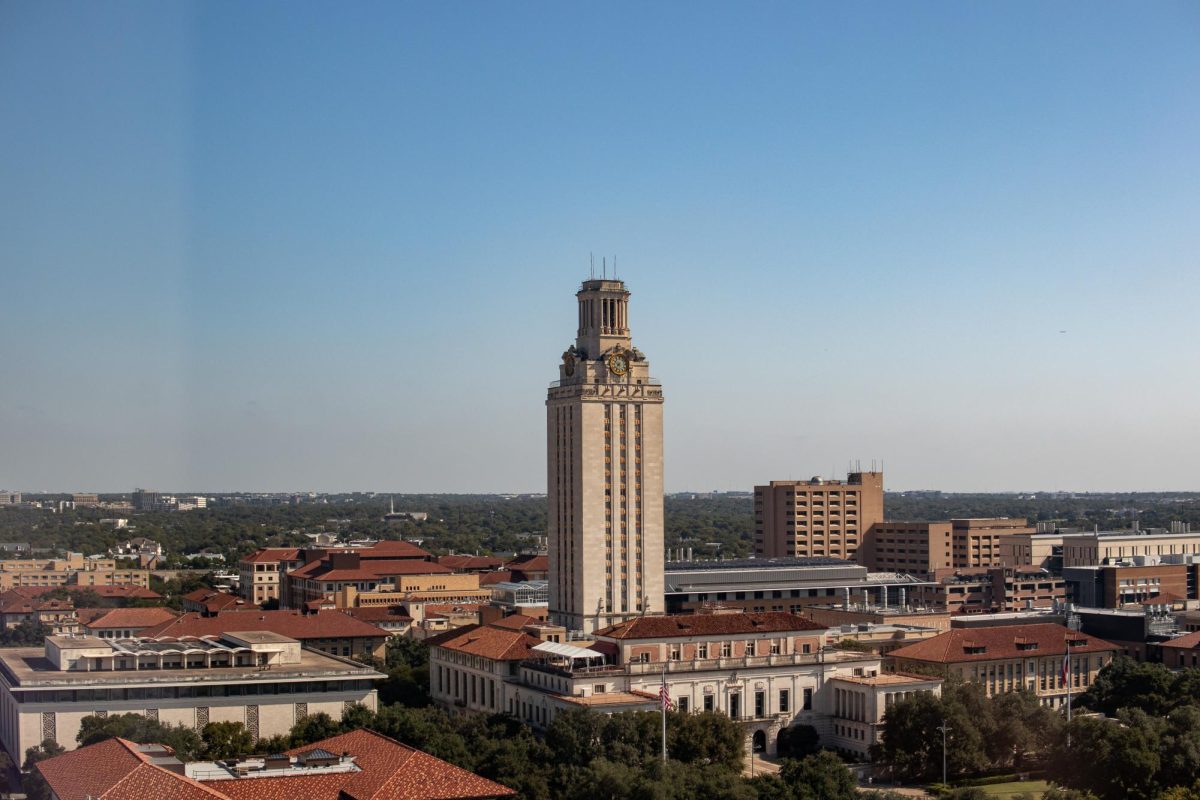Carol Denise Richardson, a woman who last year was granted clemency by Obama, is back in prison. Arrested for theft and violation of the terms of her release in Houston, her story is not wholly unique. It’s one of many similar stories of ex-cons returning to prison within just a few years of their release — and not because they shouldn’t have been released, but because our prison system doesn’t allow for them to smoothly re-enter society.
Richardson's reincarceration is causing discussion about clemency, and whether it’s even a viable option. Should presidents really have the power to release someone from a life sentence, and is it worth it if the person will just inevitably end up behind bars again? Yes, the president should have that power, and it is worth it. Because it isn’t the system of clemency that’s the problem, but our prison system as a whole.
According to state data from the US Department of Justice, within three years of release 49.7 percent of inmates had either been arrested on new charges or arrested for violating terms of their release. Within five years of release, 55.1 percent of inmates found themselves in the same situation.
Richardson's position is not rare among ex-cons. Our prison system, rather than focusing on rehabilitation and re-entering people in society after they’ve finished serving their terms, focuses instead on punishment and long-term prison sentences. The U.S. has the highest rate of incarcerated people of any free nation, housing nearly 25 percent of the world’s prison population. This system only harms prisoners — both while they’re in prison and when they’re released — and does nothing to alleviate crime rates.
Violence leads to more violence, not a well-balanced individual ready to rejoin society by seeking a steady, legal job in the workforce. Longer prison sentences don’t make crime rates drop, all they do is make prisons overcrowded, more expensive and prison conditions even worse. Studies show that children who are exposed to violence at young ages learn those behaviors and utilize them themselves when they’re older, leading to more violent outbursts and behaviors. The same logic applies to adults in prison, with studies showing that recently released inmates have a high rate of physical violence against their families.
Prison reform isn’t about uprooting the entire system in favor of creating something better — that would take far too long. What our prison system needs is to incorporate more education programs within prisons which allow inmates to earn GEDs and college degrees while incarcerated so they’re able to seek stable employment after release. It should also focus on preventing the overcrowding of prisons so that each inmate can receive what they’re entitled to, the same rights as the rest of us including food, water, shelter, and medical care. With such reforms in place, Richardson may have been able to keep up with her job instead of losing it and falling back into crime.
The incarceration of Richardson doesn’t mean that presidential pardons are meaningless, or that they shouldn’t be practiced, or even that she didn’t deserve one. It just highlights the growing crisis in our prison system, a system that’s built to keep inmates in rather than reform them so they can re-enter society.
Berdanier is a philosophy senior from Boulder, Colorado. She is a senior columnist. Follow her on Twitter @eberdanier.




